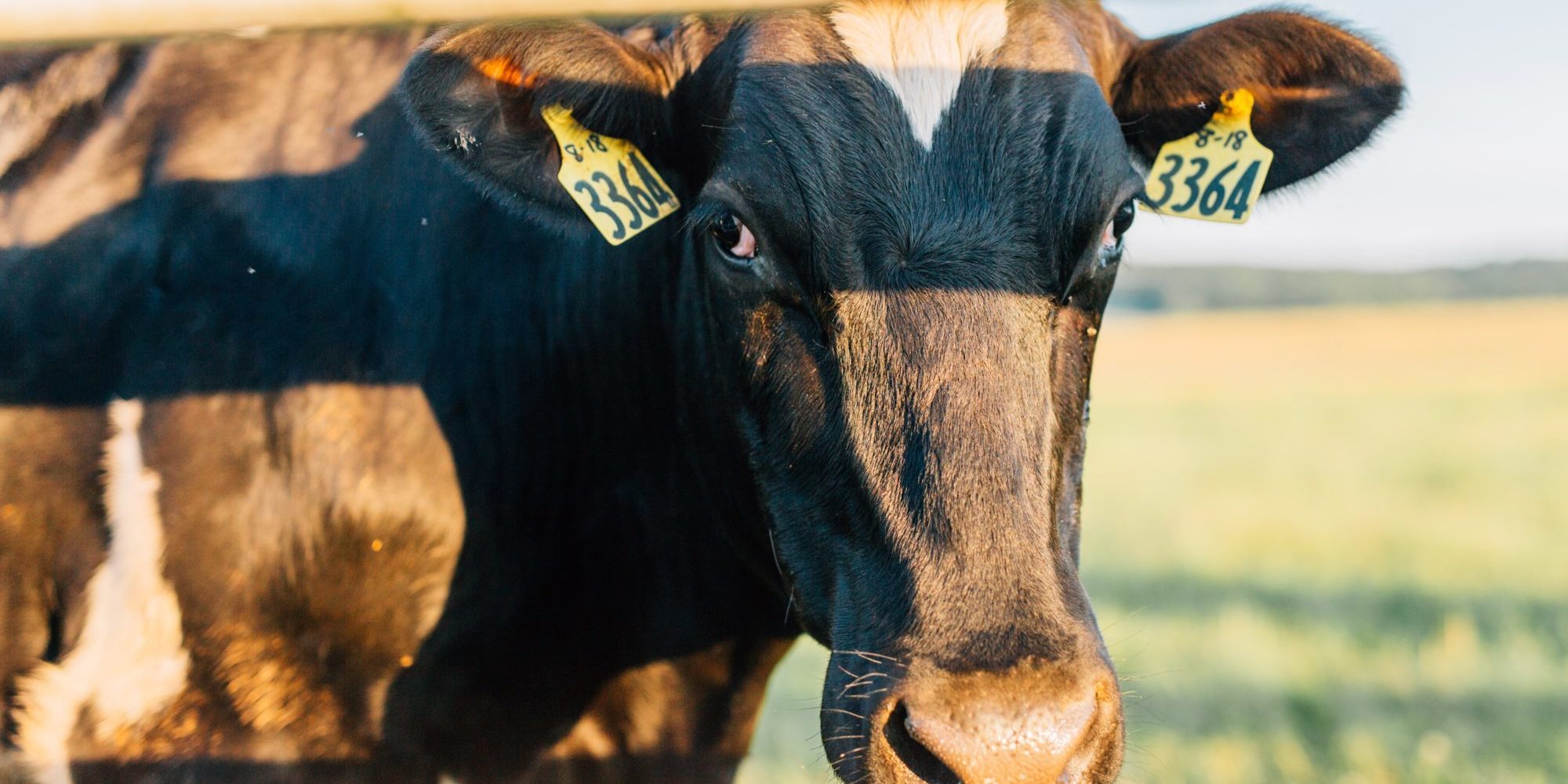With the typical Hawkes Bay summer weather upon us it is time to start thinking about the wind-up of this milking season.
There are many aspects to consider when it comes to drying off your herd (think BCS, long term weather forecasts, expected calving dates, production goals etc), but on the top of the list is the age-old question:
What do I use to dry off my cows?
Over the past few years, the general approach to drying off dairy cows has seen some very big changes. Where we used to aim to treat the whole herd with a ‘dry off antibiotic’, we now aim to only treat those cows that actually need an antibiotic treatment and to protect the remainder of your herd with an internal teat sealant.
The main driver behind these changes is the rise in antimicrobial resistance, both amongst our own NZ dairy herds as well as globally in veterinary medicine as well as human medicine. More resistance develops and therefore less infections respond to antibiotic treatment every season.
Most of our dairy farmers are now familiar with the term Dairy AntiBiogram (DAB) and a fair number of them have actually had one of these tests performed on their own herd this season.
These results, as well as the past three years of national DAB testing, have shown a large amount of resistant genetics are present within both the Streptococcus uberis (the ‘environmental bug’) and the Staphylococcus aureus (the ‘contagious bug’) population in our country and our own region. They underline the necessity to change our approach to the use of antibiotics on farm as we want to be able to treat these infections (and others) with good results for a long time into the future!
No one likes treatment failures and we hold a large key to prevention of treatment failure by using the right antibiotic in the right situation and only if it is necessary to be used in that situation.
For this reason the New Zealand Veterinary Association has set the following goal: By 2030 New Zealand Inc. will not need antibiotics for the maintenance of animal health and wellness.
This sounds daunting, however during the annual Milk Quality Consult with our dairy farmers we can talk in further detail about this goal, different strategies out there, on-farm focus etc.
During a good sit-down we can cover the following ins and outs:
- Review this past season; DAB results, clinical cases +/- mastatest or culture results, treatment options and their responses, ISCC and subclinical case management
- Antibiotic Dry Cow Treatment; which active, what duration and who to treat/ who NOT to treat?
- Internal TeatSealants; especially why you should use them, no matter what!
- Heifer management (hint: teat sealant!)
- Next year’s treatment recommendations, future testing options and next year’s goals and plans.
We strongly recommend to run a DAB before dry-off to ensure appropriate antibiotic drug selection; to pick the antibiotic that is actually going to work the best as well as causing the least risk of resistance to (further) develop. If this would be something you want to consider it will pay to let your vet know before the end of this month (February) so your farm’s sample (bulk milk) can be tested in March/ April, to have your result by April/ May, ready for your Milk Quality Consult.
If you have any queries please get in touch with Anne Gelling (06) 858 9060.






